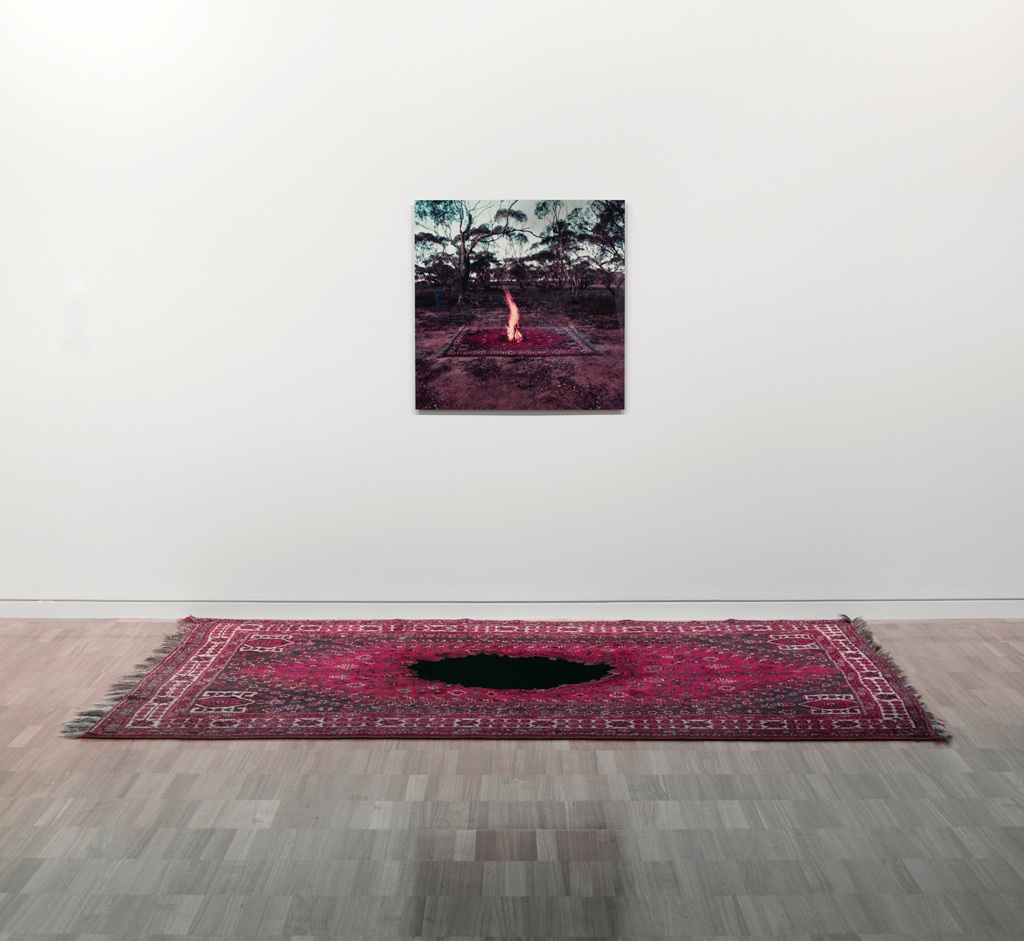Cannibalism and Colonialism: Lilian's Story and (White) Women's Belonging
Keywords:
Kate Grenville, feminist criticism, postcolonial criticism, colonialism, female grotesque, Australian GothicAbstract
In 1985, when Kate Grenville’s novel about a fat, unlovely bag lady appeared on the Australian literary landscape, Lilian’s Story was celebrated as a feminist and postcolonial text. By locating Lilian as ex-centric to the nation, to inhabit the abjected zones of the colony—the bush, the asylum, the streets of post-Federation Sydney—Grenville is commonly read as a feminist writer intervening into the gender politics that shaped Australia. Feminists celebrate the ways in which she carves out discursive spaces for women who have existed largely in the interstices between public memory and official history. Postcolonial critical interpretations of Lilian being ‘colonised’ by her father, provoked by the rape narrative, have tended to reproduce the postcolonial trope of Australia’s shift from a colonial relationship to a national structure. Such readings largely neglect the colonial violence of Australian patriarchy, and the skewed gender norms that result when a host culture is transplanted to an imperial outpost. Taking up the colonial metaphor structuring the relationship between Lilian and her father, I read Lilian’s ‘madness’ as a response to discourses of ‘race’ and gender that circulate in the colonial Imaginary to position women as the site for racial anxiety about colonial ‘dirt’, contamination and disorder. While Lilian approaches the rebellious female grotesque celebrated in postcolonial feminist theorising, her obese body also signifies the devouring nature of colonialism. This paper engages with the white politics of women’s ‘belonging’ inscribed in Lilian’s Story to disinter the schizoid nature of white women’s relationship to colonial patriarchy.Downloads
Issue
Section
Articles
License
The copyright for articles in this journal is retained by the author(s), with first publication rights granted to the journal. By virtue of their appearance in this open access journal, articles are free to use with proper attribution in educational and other non-commercial sectors.Attribution-NonCommercial-ShareAlike 2.1 Australia
This work is licensed under the Creative Commons Attribution-NonCommercial-ShareAlike 2.1 Australia License. To view a copy of this license, visit http://creativecommons.org/licenses/by-nc-sa/2.1/au/ or send a letter to Creative Commons, 543 Howard Street, 5th Floor, San Francisco, California, 94105, USA.
How to Cite
Cannibalism and Colonialism: Lilian’s Story and (White) Women’s Belonging. (2014). Journal of the Association for the Study of Australian Literature, 14(3). https://openjournals.test.library.sydney.edu.au/JASAL/article/view/10272

